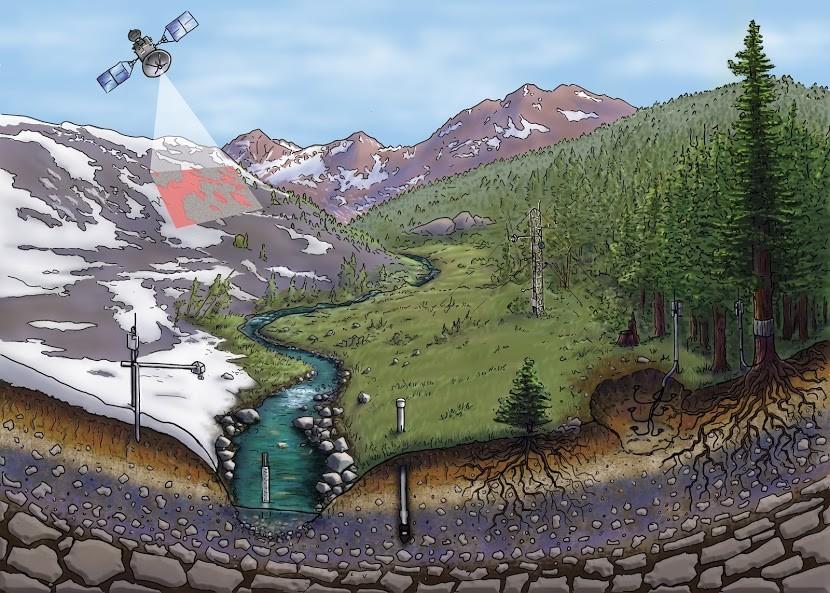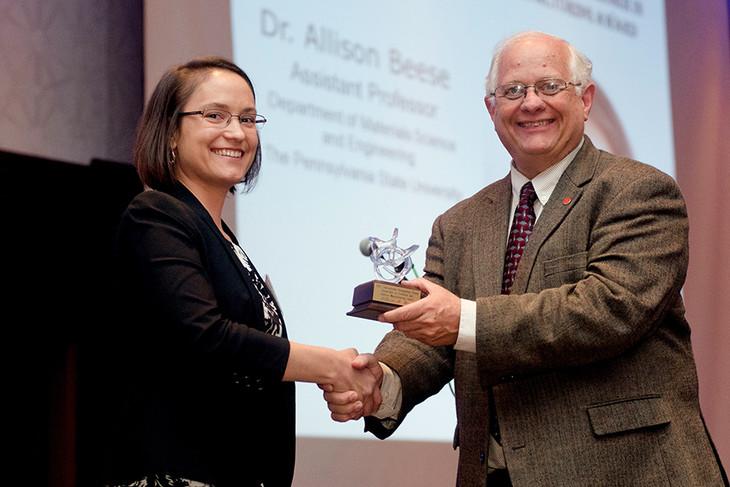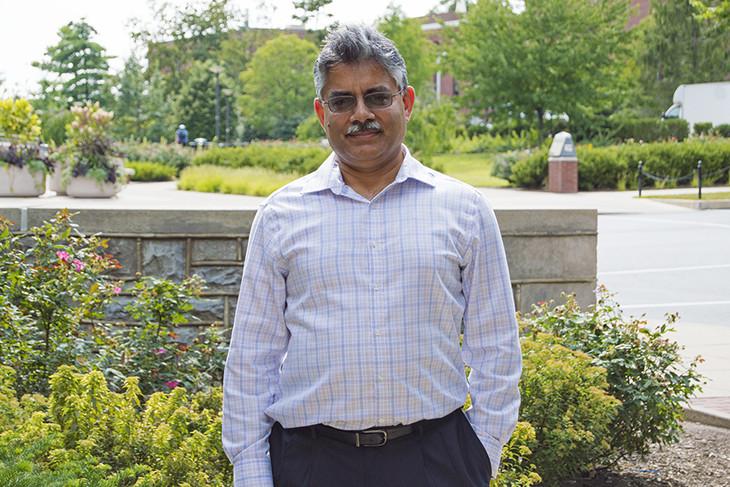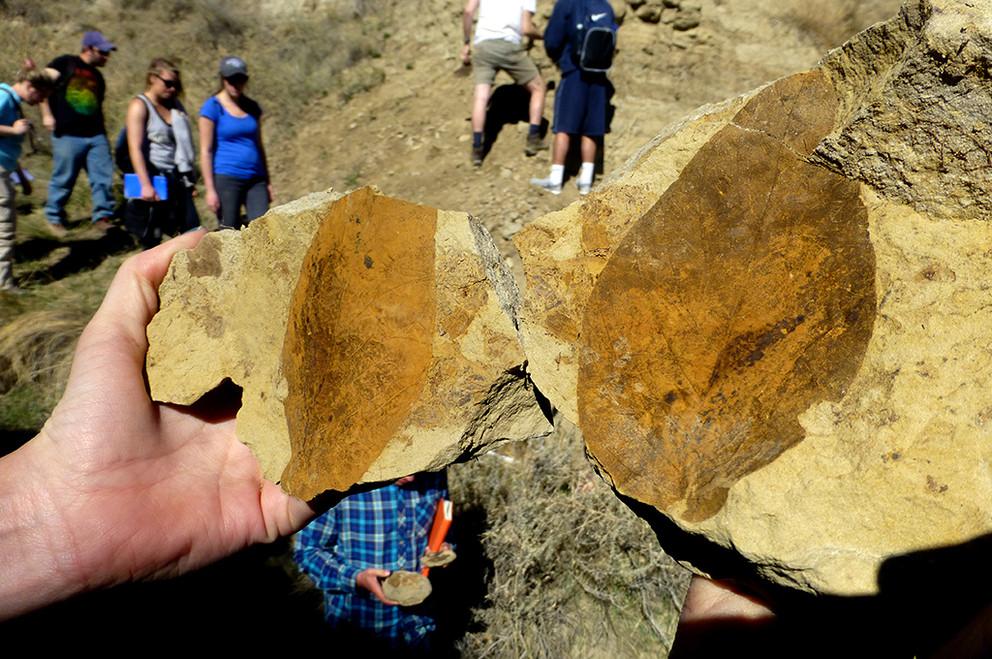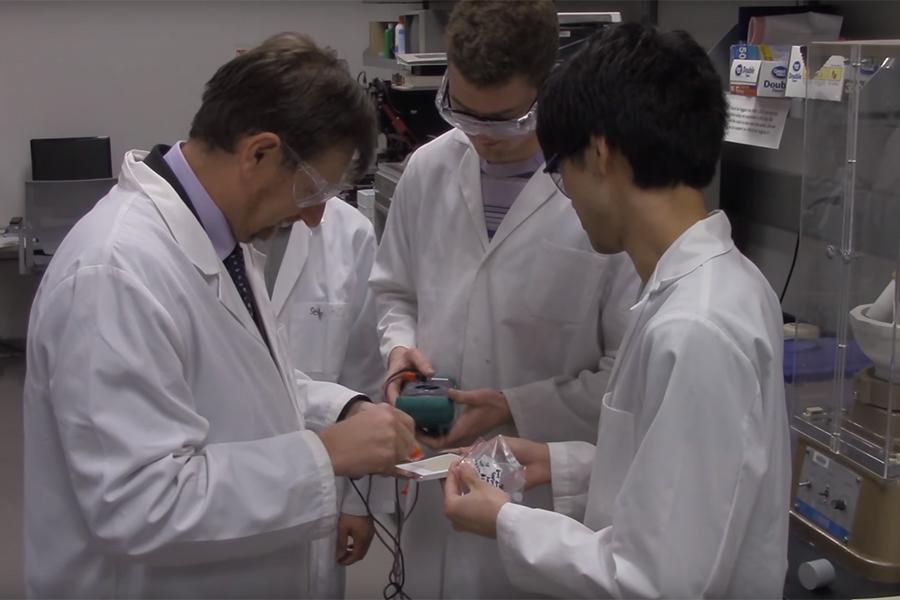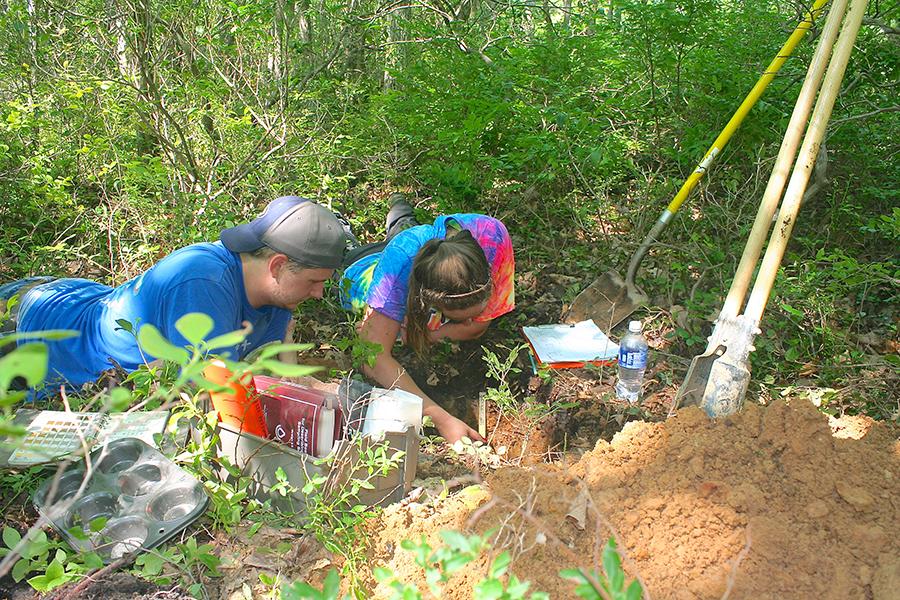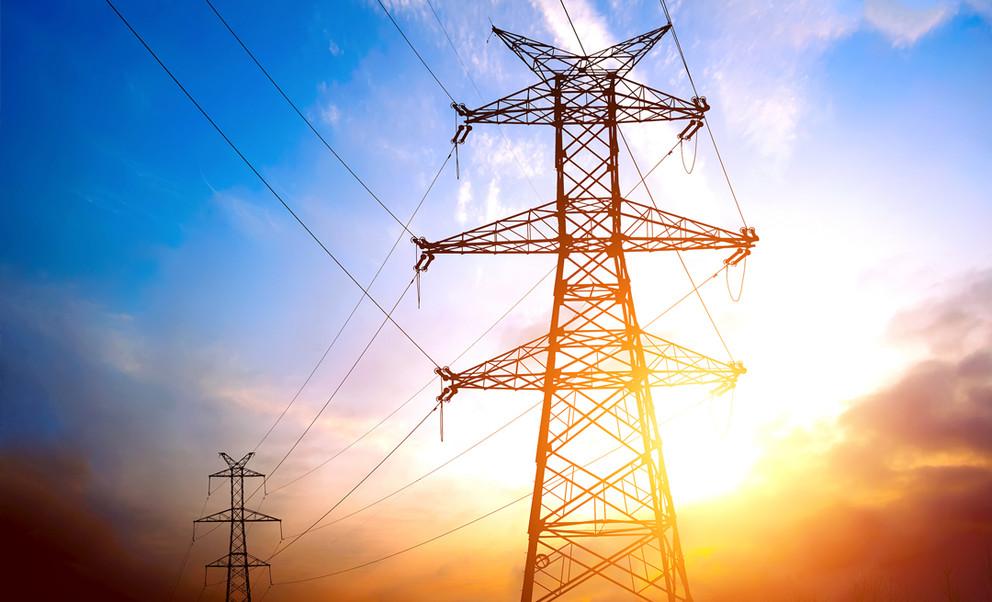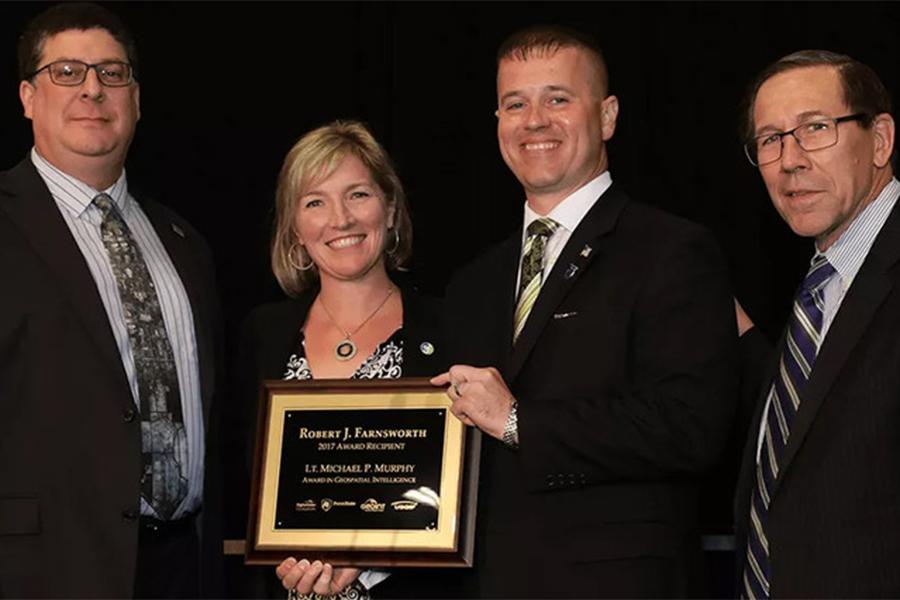A new course encourages students to take a highly interdisciplinary approach to dealing with pressing environmental challenges. The curriculum is an introduction to critical zone science, an emerging field that brings together scientists with diverse backgrounds to study the place where rock, soil, water, air and life meet.
Allison Beese, assistant professor of materials science and engineering, recently earned the International Outstanding Young Researcher in Freeform and Additive Manufacturing Award for research accomplishments related to additive manufacturing of metallic materials.
Sanjay Srinivasan, the newly appointed head of the John and Willie Leone Family Department of Energy and Mineral Engineering (EME), said he’s looking forward to helping “world-class” faculty further extend Penn State’s reputation as “the energy university.”
In a weekend, imagine walking the earth before the time of dinosaurs, then during the period in which they roamed, and finishing your walk long after their demise. For students in a geobiology (Geosc 204) course that culminates with a field trip to the Denver Basin, that’s the story that’s told in the exposed rocks of Dinosaur Ridge, Green Mountain, Florissant Fossil Beds National Monument and backstage visits to a nearby museum.
Penn State researchers have developed a new method for sintering, a widely used manufacturing process for powdered materials. Using far less time and energy than the standard approach, the new method could have global implications on manufacturing and energy savings and pave the way for new discoveries.
The 2017 Institutes for Energy and the Environment (IEE) seed grants have been awarded to a pool of interdisciplinary researchers at Penn State. Thirteen grants totaling more than $312,000 have been awarded to 42 researchers that addressed four of IEE's five research themes: Climate and Ecosystem Change, Future Energy Supply, Smart Energy Systems, and Water and Biogeochemical Cycles.
Penn State researchers have received funding from the National Science Foundation to develop a system that will assist the power industry in siting new transmission lines to accommodate a broad range of possible future evolutions of the power grid.
A new, lightweight composite material for energy storage in flexible electronics, electric vehicles and aerospace applications has been experimentally shown to store energy at operating temperatures well above current commercial polymers, according to a team of Penn State scientists. This polymer-based, ultrathin material can be produced using techniques already used in industry.
Robert J. Farnsworth, a retired U.S. Army reconnaissance engineer and Penn State alumnus, was selected to receive the 2017 Lt. Michael P. Murphy Award in Geospatial Intelligence. He was honored during the 2017 United States Geospatial Intelligence Foundation (USGIF) Symposium in San Antonio on June 5.
As Penn State’s Renaissance Fund celebrates its 41st year of honoring outstanding community members and helping students in need, its board of directors has selected as its 2017 honoree Joel N. Myers, a three-time Penn State alumnus; State College resident; and the founder, president and chairman of AccuWeather Inc.


